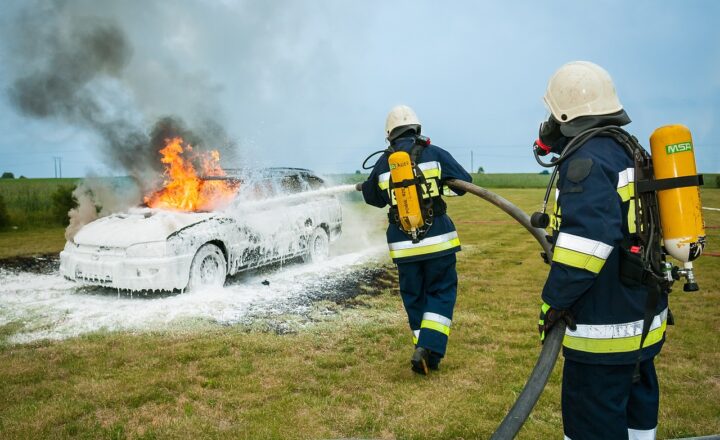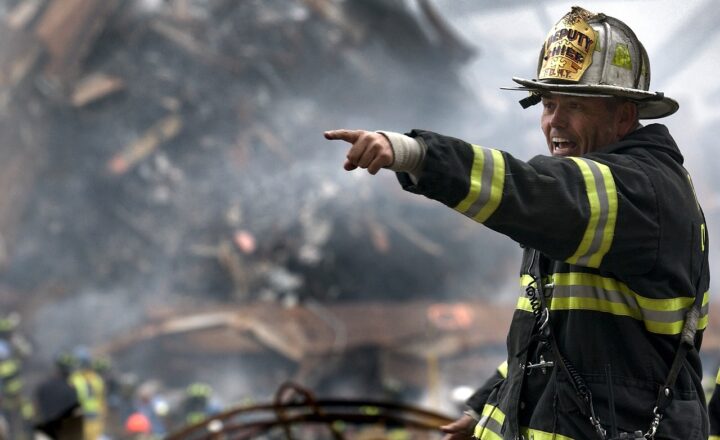How Firefighters Use Modern Tools and Technology to Increase Efficiency in Rescues
November 13, 2024

The role of firefighters goes beyond the traditional image we often see in films and media; it requires quick thinking, physical prowess, and the most advanced tools and technologies available. As the landscape of firefighting continues to evolve, modern innovations play a significant role in improving efficiency and safety during rescue operations. This article explores the cutting-edge technologies and tools that firefighters utilize to enhance their performance and protect lives.
1. The Evolution of Firefighting Tools
Historically, firefighting relied heavily on manual labor and basic tools, with heroes employing buckets, ladders, and horse-drawn wagons. However, as technology advanced, so too did the equipment available to firefighters. Today, they carry sophisticated gear that reduces response times and enhances operational effectiveness.
Modern firefighting tools include:
- Self-Contained Breathing Apparatus (SCBA): Essential for protecting firefighters from smoke inhalation and toxic gases, modern SCBAs are lightweight and equipped with advanced filtration systems.
- Thermal Imaging Cameras (TIC): These cameras help firefighters see through smoke and locate victims or hotspots by detecting temperature variations, making rescues more efficient.
- Fire Drones: Unmanned aerial vehicles equipped with cameras and sensors can assess fire scenes from above, allowing for improved situational awareness while keeping firefighters at a safe distance.
As these innovations demonstrate, the integration of technology into firefighting practices has led to more effective and safer operations.
2. The Impact of Communication Technologies
Effective communication can save lives during emergency situations. Fire departments are increasingly utilizing advanced communication tools to facilitate constant contact among team members during rescues.
Key communication technologies include:
- Radio Systems: Modern two-way radios come with enhanced features such as noise cancelling, extended range, and encrypted communications to ensure clear communication in the chaos of an emergency.
- Mobile Data Terminals (MDTs): Installed in fire trucks, MDTs provide real-time data on hydrant locations, fire patterns, and other critical information during an incident, allowing for faster decision-making.
- Incident Command Software: This software helps manage multiple aspects of an emergency response, offering features like mapping tools, resource tracking, and personnel coordination, thereby streamlining rescue operations.
These technologies ensure that all team members stay informed, reducing the risk of miscommunication and enhancing overall operational efficiency.
3. Advanced Firefighting Equipment
Beyond the traditional hoses and axes, modern firefighting equipment is designed to adapt to various emergencies and conditions. Here are some advanced firefighting tools that significantly increase rescue efficiency:
- Rapid Intervention Equipment (RIE): Specialized gear designed specifically for rescuing downed firefighters includes portable air packs and rescue mannequins to ensure a quick response in emergencies involving team members.
- Water Mist Systems: These systems disperse water particles, creating a mist that cools the fire while using less water, effectively controlling the situation while improving visibility for rescue operations.
- Firefighting Robots: Equipped with firefighting tools, these robots can navigate hazardous environments, allowing them to extinguish fires and search for victims without putting human firefighters at risk.
These tools enable firefighters to respond swiftly and effectively, minimizing danger and improving rescue capabilities.
4. Data-Driven Decision Making
Data analytics is transforming how fire departments plan, respond, and train. By leveraging historical data and real-time information, firefighters can make informed decisions during rescues.
Utilizing data can include:
- Predictive Analytics: Analyzing previous incidents allows departments to predict high-risk areas, allocate resources effectively, and develop targeted training programs for firefighters based on specific challenges encountered historically.
- Incident Management Systems: These systems track response times, apparatus usage, and the outcomes of incidents, giving valuable feedback for improving future operations and training regimens.
By adopting data-driven practices, fire departments not only enhance their immediate response capabilities but also prepare for future operations, saving valuable time during emergencies.
5. Training with Technology
The importance of training in firefighting cannot be overstated. Modern fire departments are employing technology to provide realistic training scenarios that prepare teams for real-life emergencies.
Training technologies include:
- Virtual Reality (VR): VR simulations allow firefighters to experience emergency scenarios without the risks associated with live training. They can practice making swift decisions in various environments and conditions to improve their skills safely.
- Augmented Reality (AR): AR applications help trainees visualize equipment setups and fire scenes, offering a deeper understanding of operational procedures and enhancing situational awareness before even reaching the field.
- Advanced Fire Simulator Technology: Realistic fire simulations train firefighters to fight diverse types of fires while emphasizing safety protocols and teamwork in high-stakes situations.
By adopting these training tools, fire departments can ensure their members are ready for any challenge they may face in their line of duty.
Conclusion
The integration of modern tools and technology in firefighting has revolutionized how firefighters respond to emergencies. Through improved equipment, communication methods, data utilization, and training advancements, firefighters can operate with greater efficiency and safety. As technology continues to evolve, it will undoubtedly further enhance the capabilities of our heroes on the front lines, ensuring they remain prepared to save lives and property.
In a world where seconds can make a life-or-death difference, the commitment of firefighters to embrace and implement modern technologies is crucial in their mission to protect and serve the community.







